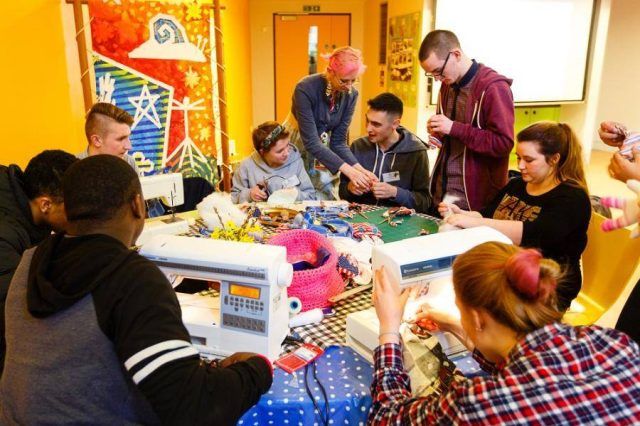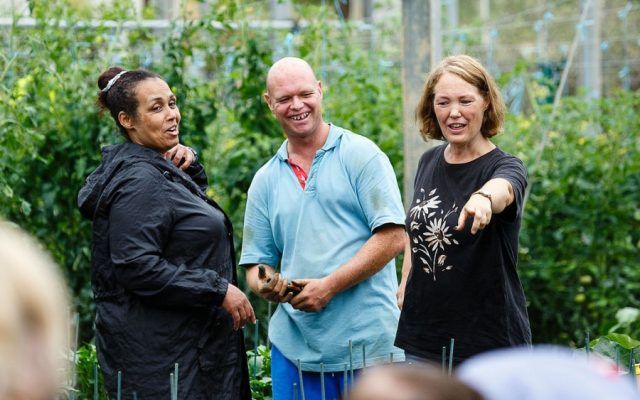How to manage volunteers
Most community projects just wouldn't exist without the support and commitment from a group of people giving their time and energy to make things happen. Here's our guide on how to manage volunteers.

Volunteers are vital, so it’s important to think carefully about what roles people can do and how to manage volunteers successfully. If volunteers are happy and fulfilled in their role, they are likely to want to stay and contribute for longer, which is good news for any community project!
The most important thing to remember when it comes to recruiting and managing volunteers is that they are not unpaid employees. This means that they don’t have employee or worker rights (like pay, holiday, or pension) and that you can’t treat them like an employee, by asking them to complete tasks in a specific way or expecting a minimum commitment from them. Nor can a volunteer expect to be given something to do if they just turn up.
Informal volunteering
If you’re just looking for casual or informal volunteers, a simple briefing on the task to be completed will probably do.
Do a risk assessment on the task or activity and give them a basic overview and some health and safety advice.
Formal volunteering
If you need ongoing help, then it’s probably worth creating a Volunteer Agreement. It’s not a contract and isn’t binding for the volunteer or the organisation – it just provides background on some of the following:
- the amount of supervision you’ll give them
- any training you’ll provide
- whether or not they’re covered by the organisation’s insurance or by public liability insurance
- any health and safety issues
- which expenses (if any) you intend to reimburse. Ensure they give you the receipts to prove it’s an expense, otherwise it could be regarded as a payment for services, essentially making you their employer — which comes with all sorts of other responsibilities.
How to retain and manage volunteers
1) Make sure they benefit
People volunteer for all sorts of reasons — interest in your project, work experience, the chance to use existing skills or learn new ones, or just to get out of the house, and in many cases all of the above. It’s essential to understand what an individual hopes to get out of volunteering, in order to get the best out of them. Make sure that they’re equally clear about what it is you need and don’t make promises about specific tasks or experiences.
2) Don’t micro-manage
Volunteers decide how much time they want to volunteer and can turn down any task you give them — though they can’t expect to be offered another task instead if they do. They can also complete a task any way they like, as long as they’re within health and safety guidelines (and the law).
If you micro-manage a volunteer and specify exactly how something must be done and by when, then you’re starting to behave like an employer — which gives them the right to challenge their status as a volunteer and ask for employee benefits.
You’ll already know what the benefits of volunteering are: recognition, a sense of purpose and achievement — don’t take them for granted and they’ll be worth more than any grant you might get.
3) Be inclusive
People will make more of an effort if they feel like they have an equal stake in the project and can make a creative contribution. If you’re all pitching in to do a project or activity then you’re all equals.
Make your volunteering opportunities open and accessible to all to join in, consider any adjustments you could make to the task, or the way it could be performed, so that you can welcome anyone who is interested in helping out.
When managing volunteers, consider different types of communication to make it as inclusive as possible. Some may prefer face to face meetings or training, others may prefer to volunteer from home to fit around access or other arrangements and will need to connect over the phone or online.
Be as flexible as you can and you will reap the rewards of a diverse and engaged volunteer team.
Don’t forget to value your volunteers and their contribution to your project or team. Involve them as much as possible in the running of the project to build deeper relationships with them – the more invested they are, the happier they will be to support.
What’s next?
Now you’ve got your group of volunteers together, here’s how to break the ice….


